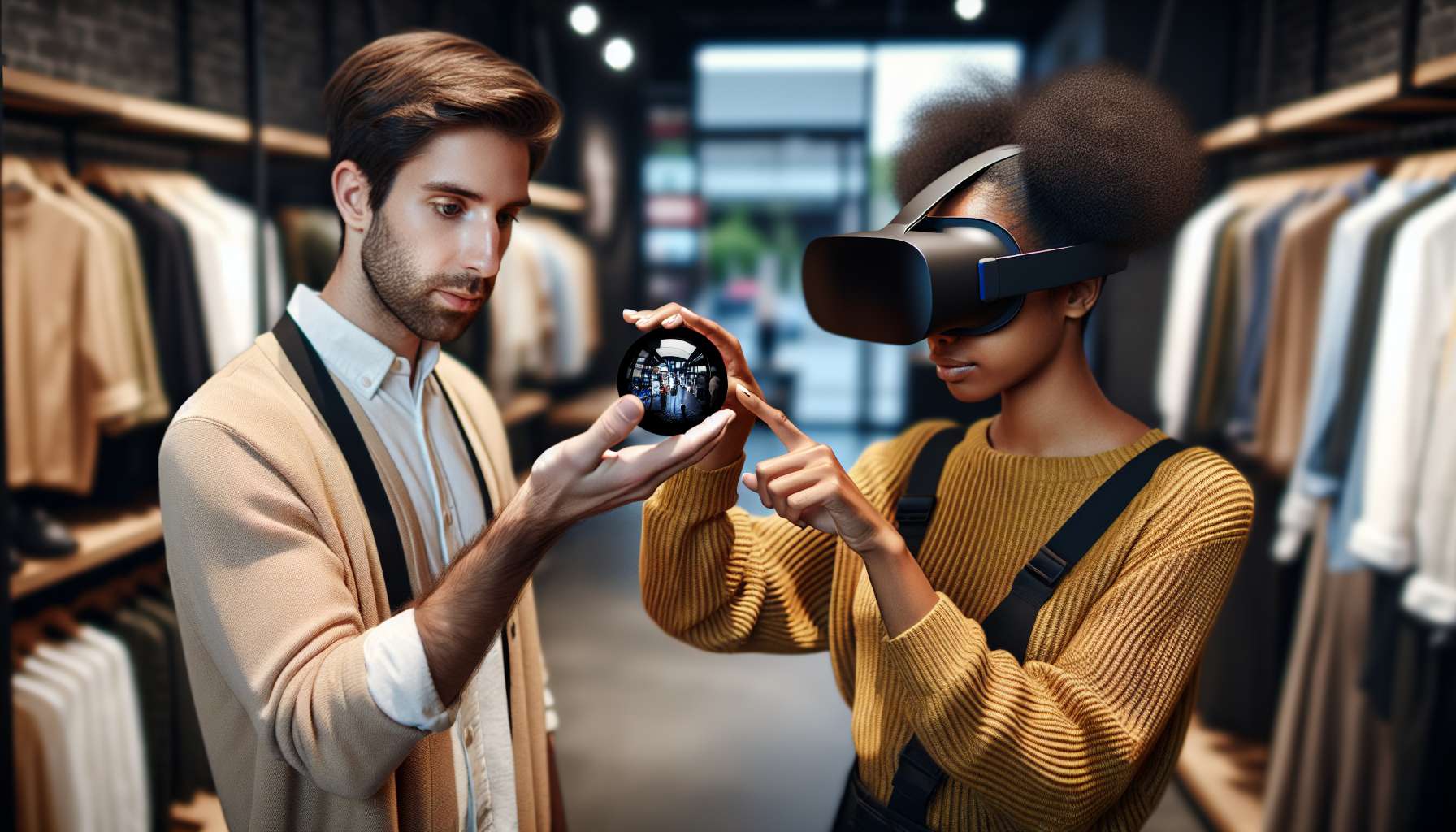Enhancing the Shopping Experience with Augmented Reality
As technology continues to evolve, so does the way we shop. With the rise of e-commerce, online shopping has become increasingly popular, offering convenience and a wide range of options. However, there is still something missing from the online shopping experience – the ability to see and interact with products in person. This is where augmented reality (AR) comes in, bridging the gap between online and in-store shopping.
What is Augmented Reality?
Augmented reality is a technology that overlays digital information, such as images, videos, or 3D models, onto the real world. By using a smartphone or a tablet, users can experience a virtual layer of information that enhances their perception of the physical environment. In the context of shopping, AR allows customers to visualize products in their own space, providing a more immersive and interactive experience.
The Benefits of AR in Furniture Shopping
When it comes to furniture shopping, AR has the potential to revolutionize the way we make purchasing decisions. Here are some key benefits:
- Visualize Products: With AR, customers can see how furniture pieces would look in their own homes before making a purchase. They can place virtual items in their living room, bedroom, or any other space, allowing them to assess the size, style, and overall fit.
- Try Before You Buy: AR enables customers to virtually try out different options without the need for physical samples. They can experiment with various colors, patterns, and styles, ensuring they make the right choice.
- Reduce Returns: By providing a more accurate representation of products, AR helps reduce the likelihood of returns. Customers can make informed decisions based on how the furniture will actually look in their space, minimizing disappointment and the hassle of returning items.
- Personalized Recommendations: AR can also be used to offer personalized recommendations based on customers’ preferences and existing furniture. By analyzing data and using AI algorithms, retailers can suggest complementary pieces or entire room designs, enhancing the overall shopping experience.
Real-World Examples
Several companies have already embraced AR in furniture shopping, showcasing its potential. For instance, IKEA’s AR app allows customers to virtually place furniture in their homes, ensuring a perfect fit. Wayfair, an online furniture retailer, offers a similar feature, enabling customers to visualize products in their space using their smartphone or tablet.
These examples demonstrate how AR can enhance the shopping experience, providing customers with a better understanding of how products will look and fit in their own homes.
The Future of AR in Shopping
The future of AR in shopping looks promising. As the technology continues to advance, we can expect even more innovative applications. For instance, imagine being able to virtually walk through a fully furnished room, exploring different products and layouts in real-time. This level of immersion and interactivity will further enhance the online shopping experience, making it more engaging and personalized.
Furthermore, as AI algorithms become more sophisticated, retailers will be able to offer highly accurate recommendations based on customers’ preferences, style, and budget. This level of personalization will not only save time but also ensure customer satisfaction.
Conclusion
Augmented reality is revolutionizing the way we shop for furniture, bridging the gap between online and in-store experiences. By allowing customers to visualize products in their own space, AR enhances the decision-making process and reduces the likelihood of returns. With the continued advancement of technology, we can expect even more exciting applications in the future, making the shopping experience more immersive, interactive, and personalized.





